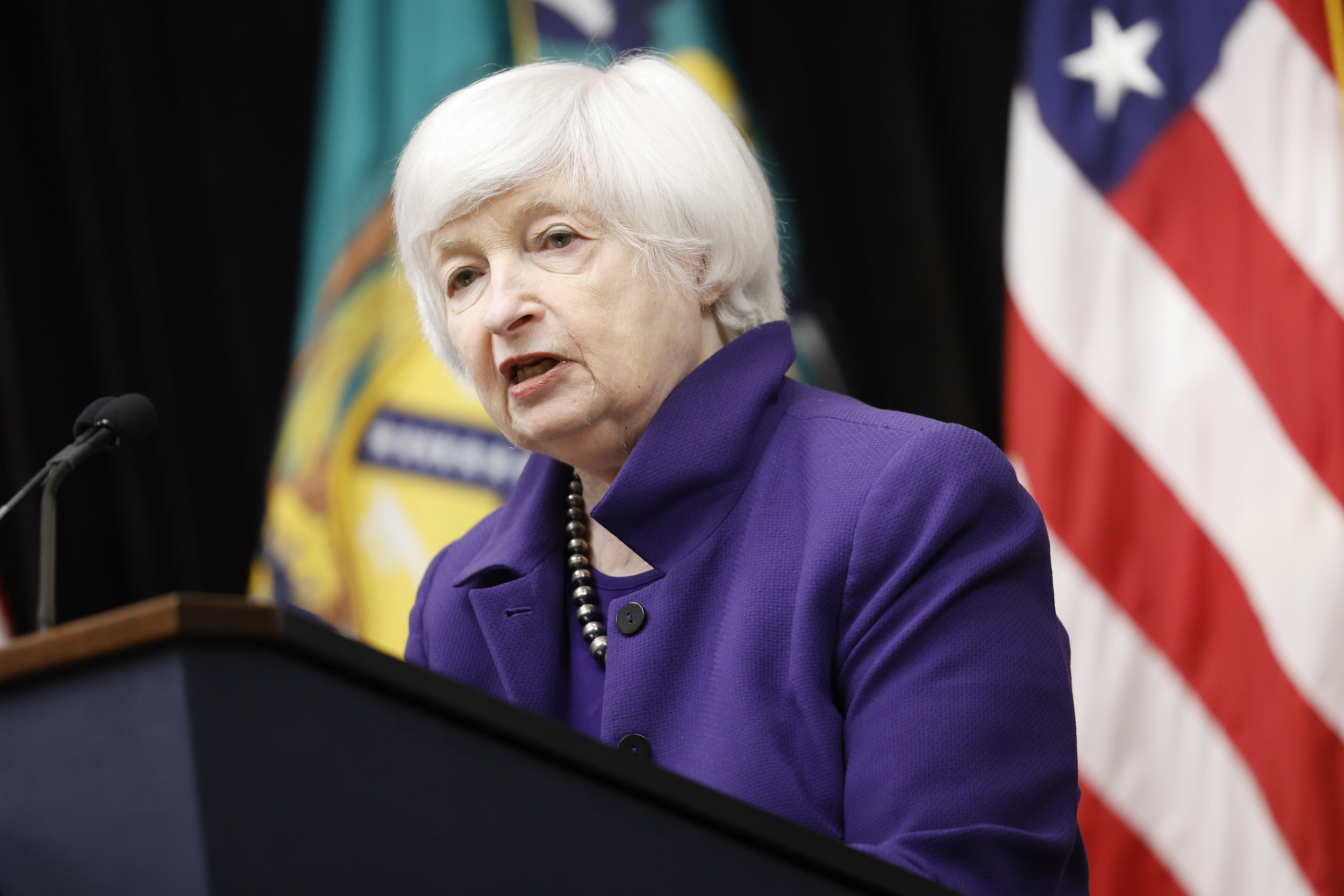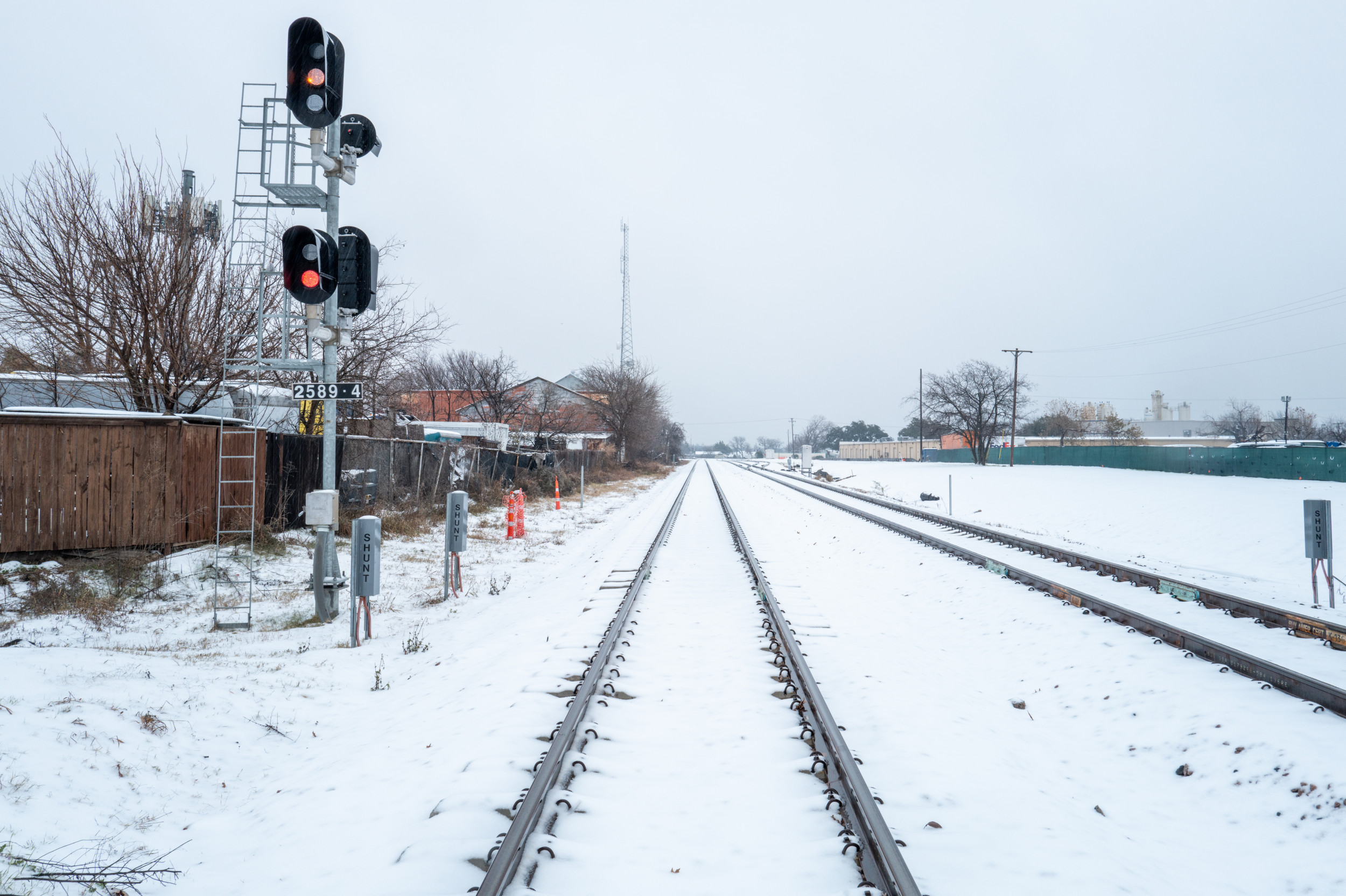Bird flu, otherwise known as avian influenza A (H5N1) in poultry, has significantly affected egg supply, prices and availability across the U.S.
The Centers for Disease Control and Prevention has reported almost 1,400 outbreaks of bird flu in poultry flocks across all 50 states, affecting a total of 133.5 million birds.
California has been hit hard by bird flu, with 17 commercial flocks and 4.2 million poultry birds affected. North Carolina follows with 2.8 million birds affected, while 2.4 million birds in Iowa are affected.
The outbreaks have led to fewer birds laying eggs, fewer eggs being sold and higher prices in stores.
Why Is There an Egg Shortage Right Now?
The latest report by the Department of Agriculture's Agricultural Marketing Service, which was published last week, said bird flu outbreaks—and fires in poultry facilities—resulted in a total loss of 39.9 million egg-laying hens across 12 U.S. states in 2024.
The report added that 43 percent of those losses occurred in the last two months of the year, with "persistent and significant outbreaks of highly pathogenic avian influenza (HPAI) in commercial table egg layer flocks through December."
Those losses also coincided with the holiday baking season. Consumer demand for eggs typically rises during the holidays as more Americans begin baking seasonal treats, making eggs even scarcer.

According to the Department of Agriculture's report, some grocery stores have limited customers to one box of eggs per shopping trip, while others have begun warning shoppers of potential issues with egg availability.
The department's National Agricultural Statistics Service reported on December 20 that 8.92 billion eggs were produced in November 2024, down 4 percent from November 2023.
On December 1, there were 375 million egg-laying chickens in the country, a 3 percent decrease from the year before. The service also reported that the number of eggs being laid by each hen fell by 1 percent in November 2024 compared to November 2023.
Why Are Eggs So Expensive Right Now?
These fluctuations in supply have led to changes in the price of eggs. The national average cost for a dozen eggs jumped by 63 percent in 2024, the Agricultural Marketing Service report showed, with "record-high prices in many retail markets across the nation."
Market dock prices of large white shell eggs have gone down slightly since the holidays, from an average of $5.42 on December 27 to $4.85 on January 3, but they are still far higher than the $2.50 they cost on November 29.
But egg prices had already gone up from November 2023 to November 2024. According to data from the Bureau of Labor Statistics, the average price of a dozen large Grade A eggs in U.S. cities went up from $2.14 in November 2023 to $3.65 the following year.
Why Is There an Egg Shortage in California?
In 2024, California lost 25 percent of its commercial table egg layers—second only to Iowa at 27 percent and followed by Michigan at 16 percent.
California has additional legislation about the confinement of poultry birds, and cage-free birds have been disproportionately affected by bird flu poultry losses.
Among California-compliant large white shell eggs, egg prices have risen from $5.67 on November 29 to $7.22 on December 27 and $7.57 on January 3.

How Long Is the Egg Shortage Going to Last?
Egg shortages and prices may improve as demand slows, as it typically does in a new year. The Agricultural Marketing Service reported that prices had recently begun to "show some retreat from recent record-high levels."
However, the report also said that particularly cold weather might encourage Americans to buy more eggs than usual for this time of year, which could make shortages worse.
Do you have a tip on a food story that Newsweek should be covering? Is there a nutrition concern that's worrying you? Let us know via science@newsweek.com. We can ask experts for advice, and your story could be featured in Newsweek.




















 English (US) ·
English (US) ·